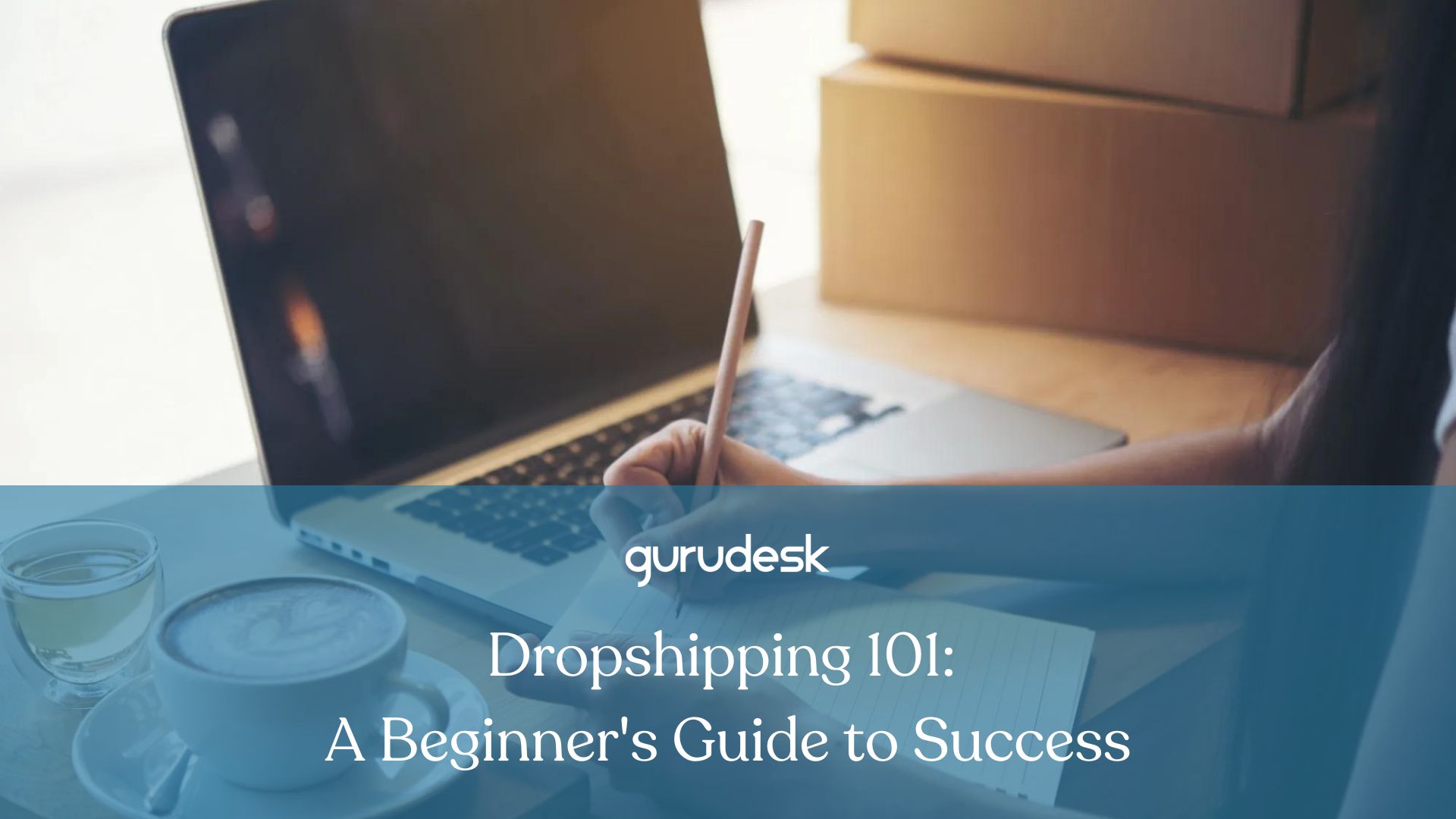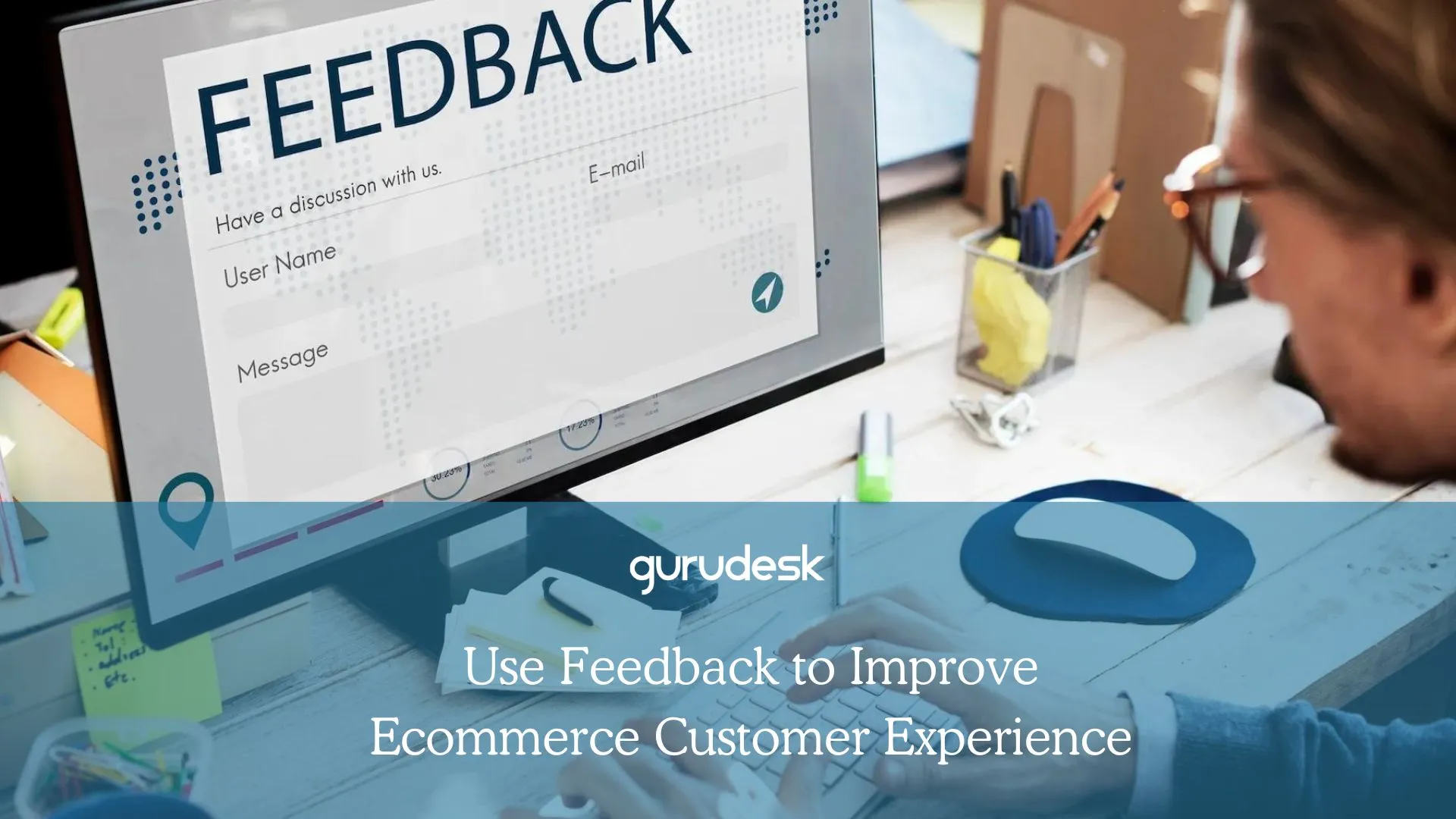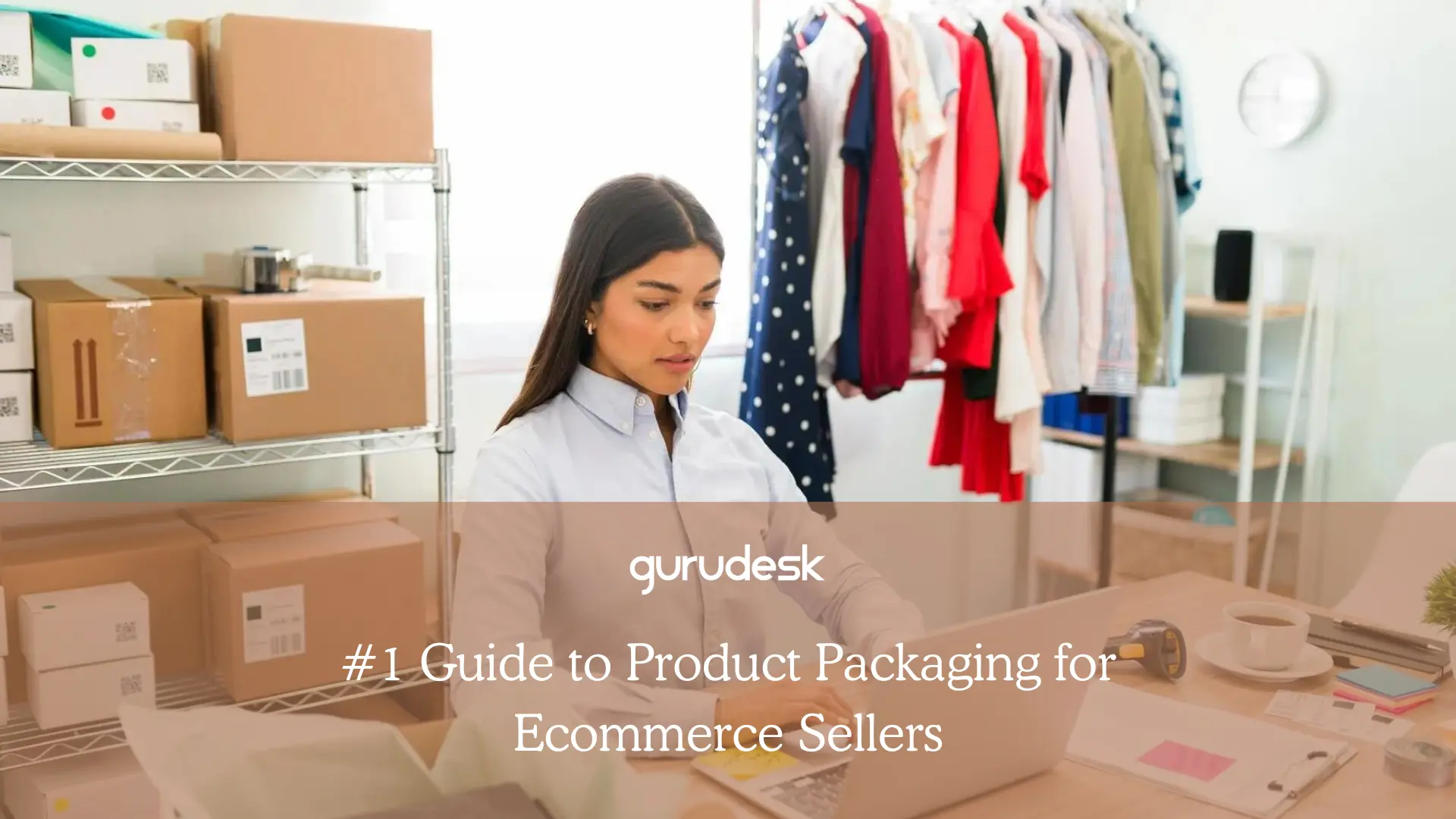
Dropshipping is a business model where you sell products online without having to handle inventory yourself.
When a customer places an order, you purchase the product from a third-party supplier, who then ships the product directly to the customer. This means you don’t have to worry about storing or shipping products, making it a relatively low-cost way to start an online business.

Why Choose Dropshipping?
Dropshipping offers several advantages for entrepreneurs seeking to enter the ecommerce market with minimal upfront investment.
Unlike traditional retail models that require substantial capital for inventory, store setup, and operations, dropshipping allows you to launch your business with minimal financial outlay.
You can allocate resources to marketing, customer acquisition, and platform development without the burden of heavy inventory costs.
Dropshipping eliminates the complexities associated with managing and storing inventory. You don’t need to worry about stock levels, product returns, or dead stocks. This frees up time and resources to focus on other aspects of your business, such as marketing and customer service.
Dropshipping provides access to a wide range of products without the need for an upfront investment. You can offer a diverse product catalog to cater to different customer preferences and explore various niches without the risk of overstocking.
The dropshipping model offers flexibility in terms of location and business operations. You can manage your business from anywhere with an internet connection. Additionally, it’s scalable, allowing you to increase or decrease product offerings based on demand without significant overhead costs.
Compared to traditional retail, dropshipping carries lower financial risk. If a product doesn’t sell well, you can easily discontinue it without incurring losses on inventory, which allows you to experiment with different products and find profitable niches.

Getting Started with Dropshipping
- Choose a Niche: Identify a specific product or market to focus on. Consider your interests, passions, and potential profitability.
- Find a Reliable Supplier: Research and select suppliers who offer high-quality products, competitive pricing, and reliable shipping. Popular platforms like AliExpress and Temu can be used to find suppliers.
- Build Your Online Store: Create a professional online store using platforms like WooCommerce. Choose a visually appealing design and ensure easy navigation for customers.
- Product Selection: Carefully select products to sell based on market demand, competition, and profit margins.
- Product Listing: Create compelling product descriptions and high-quality images to attract customers.
- Marketing and Advertising: Promote your store through social media, such as Instagram, Facebook, or LinkedIn, search engine optimization (SEO), and paid advertising to drive traffic and sales.
- Order Fulfillment: When a customer places an order, forward the order to your supplier. They will handle the shipping and customer service.
- Customer Service: Provide excellent customer service to build trust and loyalty. Respond to inquiries promptly and address any issues effectively.
Challenges and Considerations
The dropshipping market is highly competitive, necessitating careful niche selection and differentiation strategies. Identifying underserved markets or offering unique product variations can help you stand out from the crowd.
Relying on third-party suppliers can introduce challenges to maintaining consistent product quality. Supplier evaluation and effective communication are crucial to mitigating these issues. Implementing quality control measures, such as customer feedback analysis and supplier performance metrics, can help ensure customer satisfaction.
Longer shipping times and unexpected shipping costs can negatively impact customer satisfaction. Building relationships with suppliers who offer fast and reliable shipping is essential. Transparent communication with customers about shipping timelines and potential costs can help manage expectations.
While suppliers handle product fulfillment, you are ultimately responsible for customer satisfaction. Effective communication with suppliers, proactive issue resolution, and a customer-centric approach are vital for managing returns and building customer loyalty.
Dependence on third-party suppliers can introduce risks such as product shortages, delayed shipments, or changes in supplier policies. Diversifying your supplier base and maintaining open communication with suppliers can help mitigate these challenges.

Dropshipping with WooCommerce
While dropshipping can be done on various platforms, WooCommerce, a popular WordPress plugin, offers a robust and customizable solution for building your online store.
Choosing the Right Hosting and Domain
The first step is to choose a reliable hosting provider and register a domain name for your online store.
Consider factors like speed, uptime, customer support, and pricing when selecting a hosting provider.
Installing WordPress and WooCommerce
Once you have your hosting and domain, install WordPress, the content management system (CMS) that will power your online store.
Afterward, install the WooCommerce plugin, which transforms your WordPress website into a fully functional ecommecre platform.
Selecting a Dropshipping Supplier
Finding the right supplier is crucial for the success of your dropshipping business.
Consider factors like product quality, shipping times, pricing, and customer support when selecting a supplier.
Integrating WooCommerce with Your Supplier
While WooCommerce doesn’t have built-in dropshipping features, several plugins can help you integrate your store with your chosen supplier.
WooCommerce Dropshipping is the official WooCommerce extension that offers basic dropshipping functionality.
Product Selection and Optimization
Carefully select products to sell based on market demand, competition, and profit margins. Optimize product listings with high-quality images, detailed descriptions, and compelling calls to action.
Setting up Shipping and Payments
Configure WooCommerce to offer shipping options that align with your supplier’s WooCommerce shipping methods. Integrate popular payment gateways like PayPal, Stripe, or Authorize.Net to facilitate secure transactions.
Order Fulfillment and Customer Support
When a customer places an order, the dropshipping plugin will automatically forward the order information to your supplier. Ensure you provide excellent customer support to address customer inquiries and resolve issues promptly.
Join the GuruDesk community and be among the first ones to discover the hottest trends in web services! We are a team of web experts and we love sharing our knowledge and experience with our readers! We share tips and tricks on a wide range of topics, including web development, cloud services, and hosting. Whether you are a seasoned pro or just starting out, we promise you will find valuable information here. So go ahead, hit that “Subscribe” button and let the fun begin!






